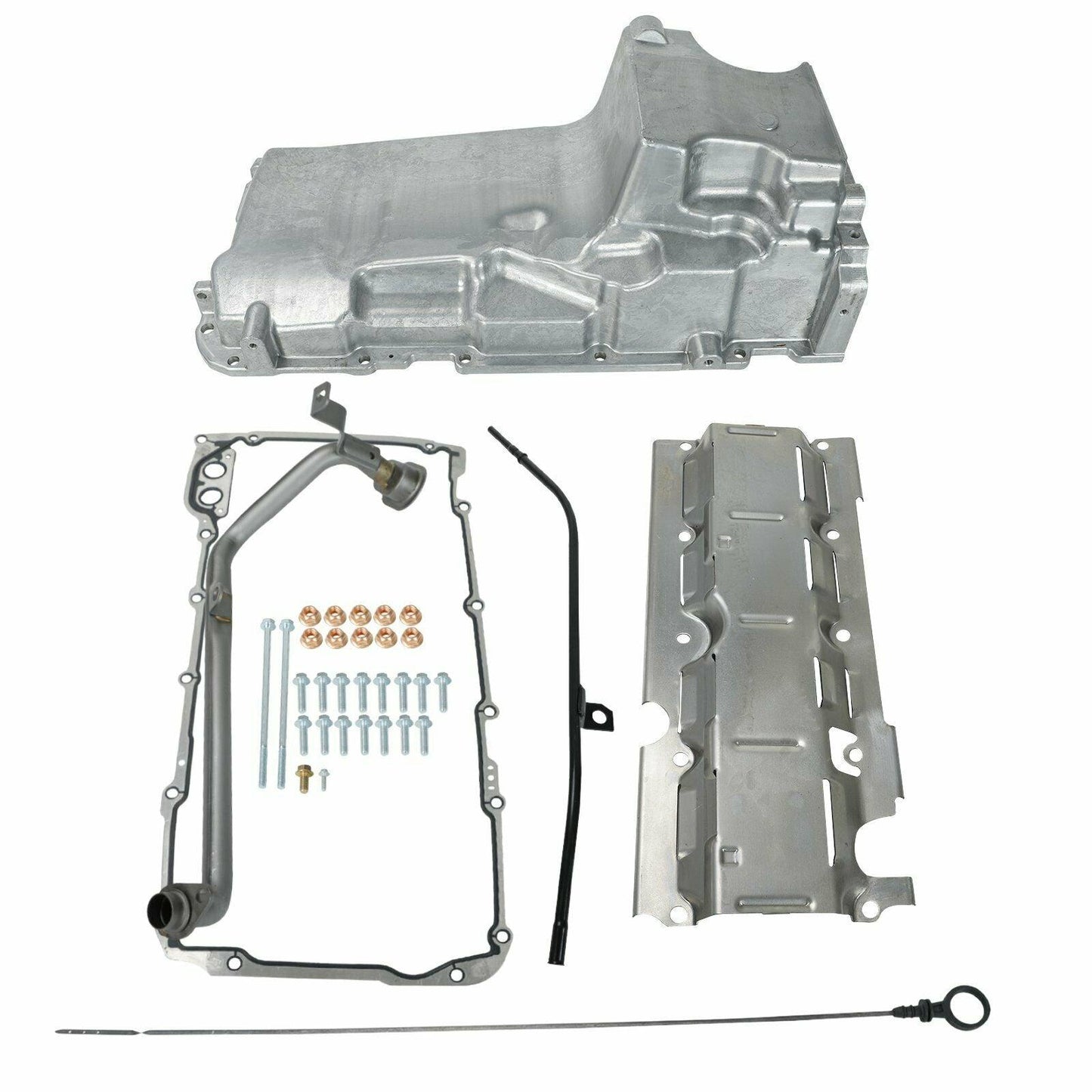
Introduction
The sump is a container at the bottom of the engine that contains oil used to lubricate the car's parts. Oil is transferred from the container to the rest of the engine via a pump. When the engine is running, oil is continually pumped through it, after which it goes back into the sump, where it cools and picks up particles of dirt before being pumped again around the engine.
The oil sump is a container at the bottom of the engine that contains oil used to lubricate the car's parts. Oil is transferred from the container to the rest of the engine via a pump, which makes sure that every part gets some amount of lubrication during operation. When you start your vehicle, there's usually enough pressure in this system so that it starts circulating immediately—but if something goes wrong with your car and its airbag doesn't deploy properly (for example), then all those moving parts could cause serious damage to themselves or others nearby! This can happen if any part gets stuck or jammed up against something else; for example, if you hit something hard enough against another vehicle while driving down an icy road one day...
The sump consists of a tray (usually made of cast aluminum) sealed with a gasket (usually made of synthetic rubber) and bolted to the bottom of an engine block (also usually made of aluminum). It has an opening at the top for the oil to get in, an opening at about one side for the oil drain plug, an opening at about eight o'clock on its front face for an oil level probe and an opening at about six o'clock on its front face for an oil pick-up tube.
The sump, which is a container at the bottom of an engine that contains oil, is sealed with a gasket. It has an opening at the top for the oil to get in and an opening at about one side for the oil drain plug.
The sump gets its name from early engines in which all or most of the oil was stored in a reservoir under the sump. Early engines didn't have hydraulic lifters and so needed more frequent manual valve adjustments than current engines do. To access the rocker arms, it was necessary to tip them out to one side by removing enough bolts from one side of the sump to allow it to pivot. This access method led to those earlier engines being called "sidevalve" or "flathead" engines.
When you're on your way home from work, what's on your mind? Do you think about how much money you spent at lunchtime? Or maybe how much time went by since someone yelled at you? If so, then this article might help! We'll talk about how cars work today so that when we get home tonight we can tell our kids stories about how different cars were built back then
Conclusion
The oil sump can be a source of problems in modern cars. It's easy for dirt and other debris to get into the sump, which can cause your engine to run poorly or even seize up completely. If this happens, you'll need to have it repaired or replaced before the car will be safe again!
